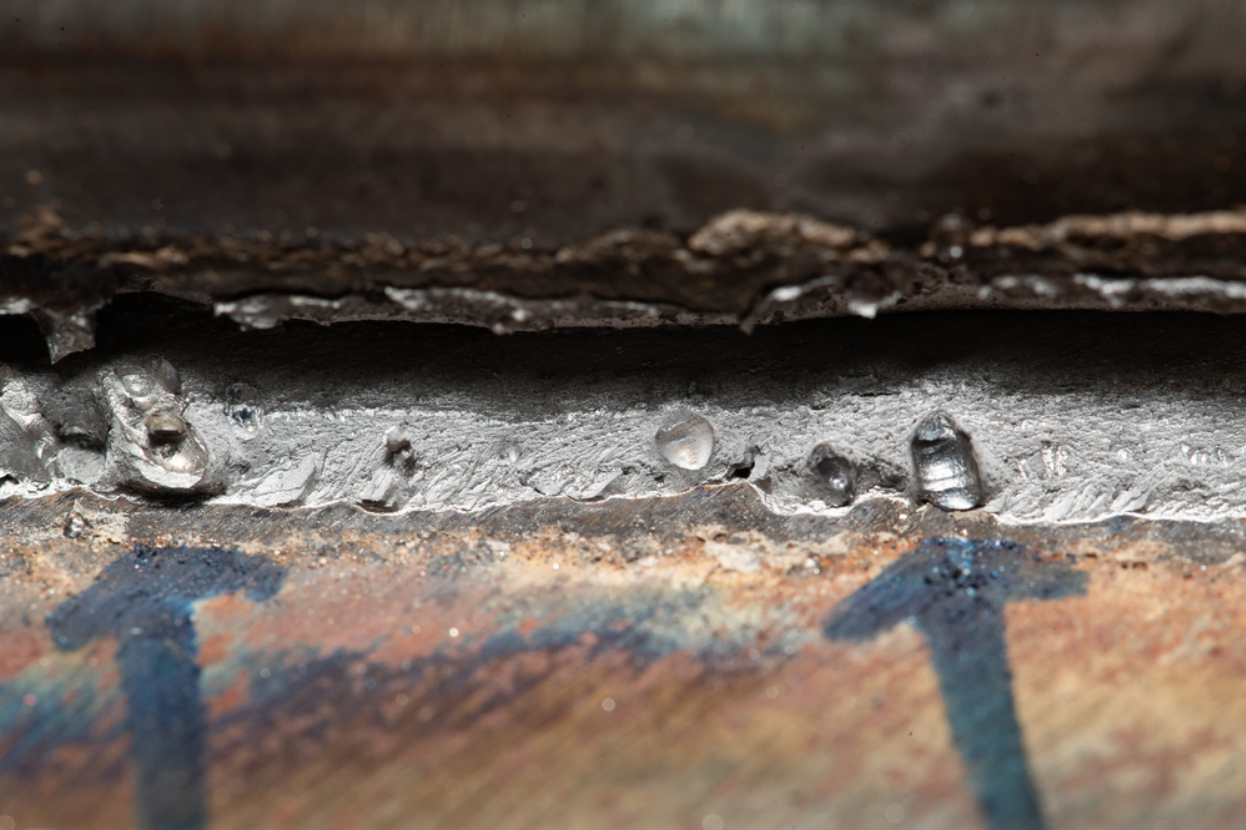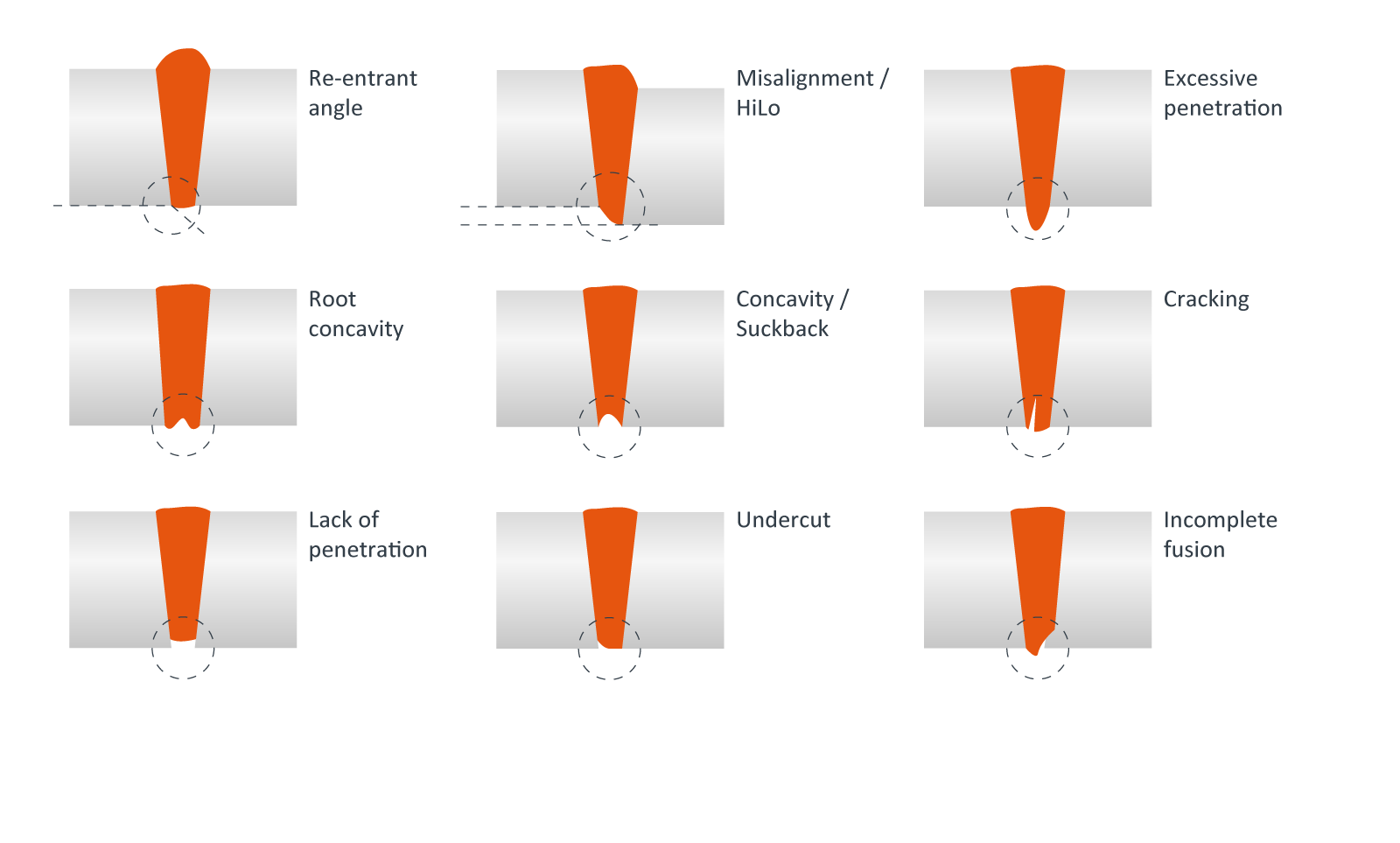Step-by-Step Guide to Preventing Weld Undercut in Different Metals
Step-by-Step Guide to Preventing Weld Undercut in Different Metals
Blog Article
Understanding the Causes and Solutions for Undercut Welding in Metal Fabrication Processes
In the world of steel manufacture procedures, the event of undercut welding poses a significant challenge that demands a comprehensive understanding of its reasons and sensible remedies. The intricate interaction of numerous variables throughout welding procedures can cause this unfavorable phenomenon, impacting the structural integrity and total high quality of the bonded joints - Preventing weld undercut. By studying the origin of undercut welding and exploring effective remedial actions, fabricators can boost the requirement of their handiwork and make sure the production of flawless metal parts
Typical Root Causes Of Undercut Welding
Frequently overlooked in metal manufacture, undercut welding takes place because of different factors that require precise interest and competence to be efficiently mitigated. One typical source of undercut welding is too much warm input. When the heat input is also high, it can result in the melting and succeeding disintegration of the base material along the sides of the weld joint, developing a groove or undercut. Furthermore, improper welding strategies, such as utilizing the incorrect welding angle or travel rate, can also add to undercut development. Inadequate protecting gas protection is an additional vital factor that can lead to undercutting. Inadequate gas coverage stops working to protect the weld pool appropriately, bring about oxidation and undercut issues. The choice of welding specifications, such as voltage, existing, and wire feed speed, plays a considerable duty in the occurrence of undercut welding. Comprehending these common causes is critical for executing safety nets and guaranteeing top notch welds in steel fabrication processes.
Effect of Incorrect Welding Parameters
Unreliable welding criteria can dramatically endanger the stability and high quality of bonded joints in steel manufacture procedures. The impact of incorrect welding criteria shows up in numerous methods, resulting in architectural weak points and issues in the bonded elements. One vital aspect affected by inappropriate welding criteria is the penetration depth of the weld. Insufficient warm input due to reduced welding currents or exceedingly high travel speeds can cause insufficient fusion in between the base steels, resulting in incomplete joint penetration and damaged bonds. On the other hand, extreme heat input brought on by high welding currents or sluggish travel rates can result in burn-through and excessive support, producing a brittle and unpredictable weld structure. In addition, inaccurate parameters such as inappropriate voltage settings or wrong electrode angles can contribute to irregular weld grain profiles, absence of fusion, and raised possibilities of defects like damaging. Meticulous interest to welding criteria is critical to make sure the production of high-grade welds with the preferred mechanical buildings and structural stability.
Effect of Improper Torch Angle
Inappropriate lantern angle in welding procedures can substantially affect the quality and stability of the final weld joints in metal construction procedures. Undercutting is a common welding problem where a groove creates along the weld toe, compromising the joint and jeopardizing its structural stability.
A torch angle that is as well steep can bring about not enough penetration, insufficient combination, and raised spatter. On the other hand, a lantern angle that is too shallow can lead to extreme infiltration, burn-through, and distortion of the base product. Preventing weld undercut. Appropriate lantern angle is vital for making certain regular weld high quality, strength, and appearance
To avoid undercutting and various other flaws caused by incorrect lantern angles, welders must be educated to keep the proper torch angle throughout the welding process. Regular monitoring and adjustment of lantern angles throughout welding can assist achieve audio welds with very little issues.
Function of Inadequate Welding Strategies

Another facet of inadequate welding techniques is improper weld preparation. Inadequate cleansing of the base steels, incorrect joint design, or insufficient edge prep work can all add to undercut welding. Additionally, poor securing gas protection or utilizing the incorrect kind of gas can lead to insufficient fusion and the formation of undercut issues.
To resolve the role of inadequate welding techniques in steel fabrication procedures, it is important to supply comprehensive training for welders. Correct education on welding criteria, joint prep work, and shielding gas option can aid stop undercut welding and make sure premium welds in steel construction jobs.
Effective Solutions for Undercut Welding
Resolving undercut welding in steel construction needs executing efficient options to boost weld high quality and architectural integrity. Among the main remedies to deal with undercut is to readjust welding parameters such as voltage, present, and travel speed to guarantee proper warmth input and fusion. By fine-tuning these settings, welders can protect against too much melting of the base metal and filler product, reducing the possibility of undercut formation.
Additionally, correct joint preparation is crucial in preventing undercut. Making sure clean base steel surfaces devoid of contaminants and making use of the appropriate bevel angle can help advertise far better weld penetration and lower the threat of undercut - Preventing weld undercut. Employing appropriate welding methods, such as weaving or oscillating the torch, can also aid in dispersing warm evenly and filling up the weld joint appropriately, decreasing the opportunity of undercut problems
Furthermore, choosing the appropriate welding consumables, including have a peek at this site electrodes and filler steels, is important in mitigating undercut. Making use of materials with ideal chemical compositions and mechanical homes can add to accomplishing audio welds with very little undercut. Regular evaluation and quality assurance actions must likewise be implemented to find and resolve undercut concerns quickly, making sure the overall honesty of produced metal components.

Conclusion
In verdict, comprehending the reasons and services for undercut welding in steel fabrication procedures is vital for achieving high-grade welds. By attending to common causes such as wrong welding parameters, improper lantern angle, and poor welding techniques, welders can prevent damaging and make certain solid, resilient welds. It is necessary to pay attention to these variables and execute effective options to improve the general welding process and last product high quality.

Report this page